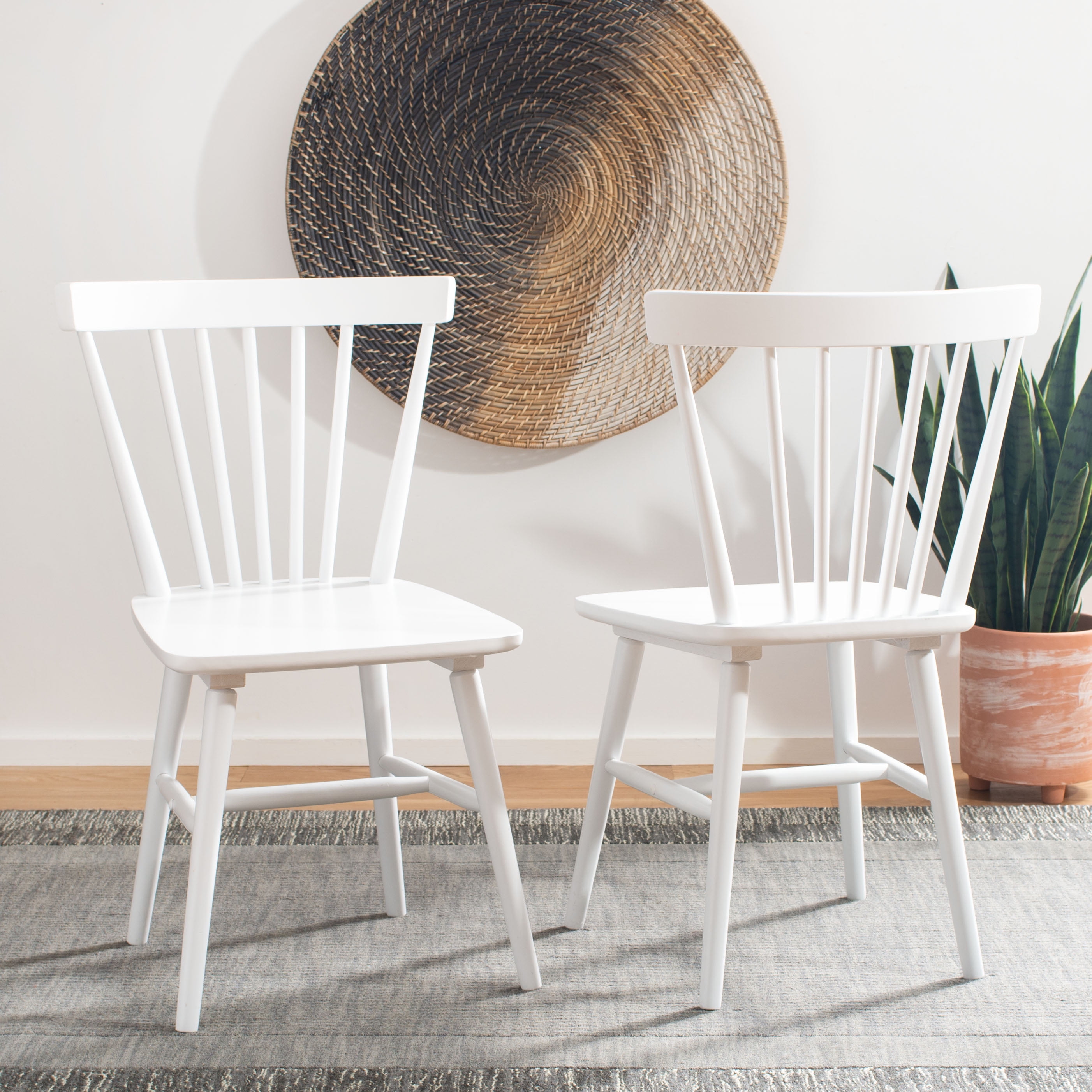Manufacturing and Construction Techniques: Spindle Back Dining Chair

The creation of a spindle back dining chair, a testament to both artistry and functionality, involves a fascinating interplay of traditional techniques and modern innovations. From the careful selection of wood to the intricate joining methods, each step contributes to the chair’s unique character and enduring appeal.
Spindle back dining chair – Traditional methods emphasize meticulous craftsmanship and a deep understanding of wood properties. The process begins with selecting high-quality hardwood, often beech, oak, or maple, known for their strength, durability, and aesthetic appeal. The wood is then carefully seasoned to reduce moisture content, preventing warping and cracking. Shaping the chair’s components involves techniques like hand-planing, carving, and turning on a lathe to create the elegant spindles and curved legs. Traditional joinery relies on strong, time-tested methods such as mortise and tenon joints, wedged joints, and pegged construction, ensuring a robust and lasting structure.
Traditional versus Modern Manufacturing
The contrast between traditional and modern manufacturing methods highlights the evolution of chair production. While both aim to create functional and aesthetically pleasing chairs, their approaches differ significantly.
- Wood Selection and Preparation: Traditional methods prioritize carefully selected, seasoned hardwood, often air-dried for years. Modern manufacturing may utilize less expensive, faster-drying wood or engineered wood products, potentially impacting durability.
- Shaping Techniques: Traditional methods rely on hand tools like planes, chisels, and lathes, resulting in unique variations and handcrafted details. Modern manufacturing employs CNC machinery for precise, high-volume production, sacrificing some of the individual character.
- Joining Techniques: Traditional joinery emphasizes strong, durable methods like mortise and tenon, often reinforced with pegs or wedges. Modern methods may utilize screws, glue, or dowels, which, while efficient, may be less robust in the long term.
- Finishing: Traditional finishes involve multiple coats of hand-applied oils, waxes, or shellac, providing a rich, protective layer. Modern methods may use spray-on finishes, which are faster but might lack the depth and richness of traditional techniques.
Durability and Longevity, Spindle back dining chair
The lifespan of a spindle back chair is significantly influenced by the manufacturing method and materials used. Several factors contribute to its longevity.
- Wood Quality: High-quality hardwood, properly seasoned, offers superior strength and resistance to warping and cracking. Less durable woods or engineered wood products are more susceptible to damage.
- Joinery Techniques: Strong, traditional joinery methods, such as mortise and tenon, provide exceptional structural integrity. Chairs assembled with less robust methods may be more prone to loosening or failure over time.
- Finish Quality: A high-quality finish protects the wood from moisture damage, scratches, and other forms of wear and tear, extending the chair’s lifespan. Poorly applied or inadequate finishes leave the wood vulnerable.
- Usage and Maintenance: Regular cleaning, occasional refinishing, and careful handling prevent damage and extend the chair’s life. Overuse, exposure to extreme temperatures or humidity, and neglect can significantly shorten its lifespan.
Restoring a Damaged Spindle Back Chair
Restoring a damaged spindle back chair requires patience and attention to detail. Common repairs can be tackled with basic woodworking skills and tools.
- Assessment: Carefully examine the chair to identify the extent of damage. Common problems include loose joints, broken spindles, and surface damage.
- Disassembly (if necessary): If a joint is severely loose or broken, carefully disassemble the affected area to access the internal structure.
- Joint Repair: For loose joints, tighten existing fasteners or re-glue and clamp the joint. For broken joints, you may need to create new mortises and tenons or use wood glue and dowels for reinforcement.
- Spindle Repair: Broken spindles can be replaced with carefully matched new spindles or repaired using wood glue and splints. For minor damage, wood filler can be used to restore the spindle’s surface.
- Surface Repair: Minor scratches and blemishes can be sanded and refinished. For more significant damage, you may need to strip the old finish and reapply a new one.
- Reassembly: Carefully reassemble the chair, ensuring all joints are properly aligned and secure. Use clamps if necessary to hold the pieces in place while the glue dries.
- Finishing: Apply a new finish to protect the wood and enhance its appearance. Choose a finish compatible with the existing finish or the original wood type.
